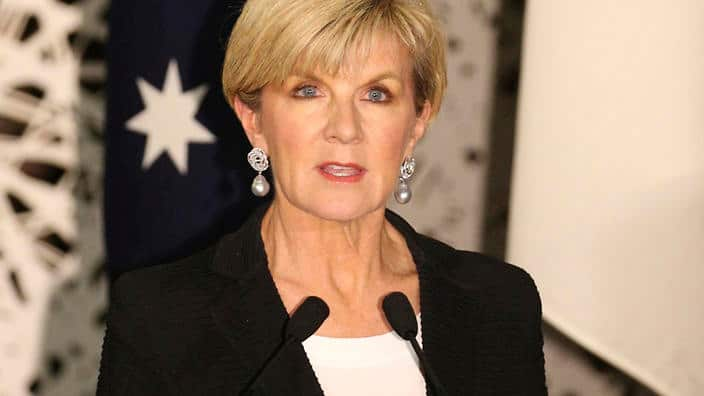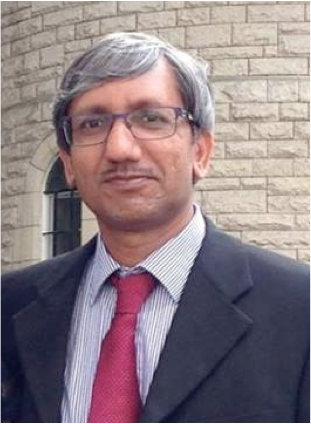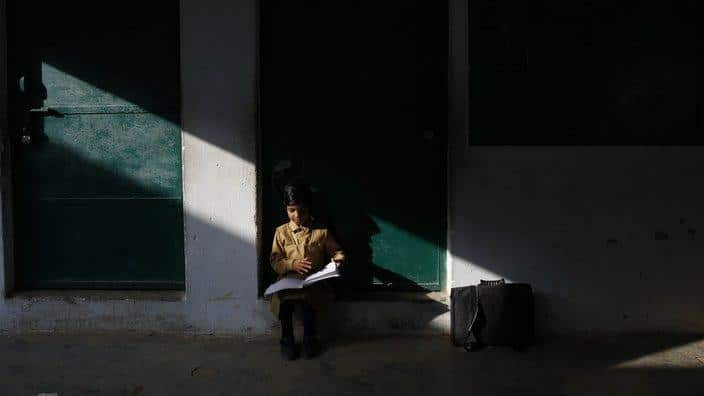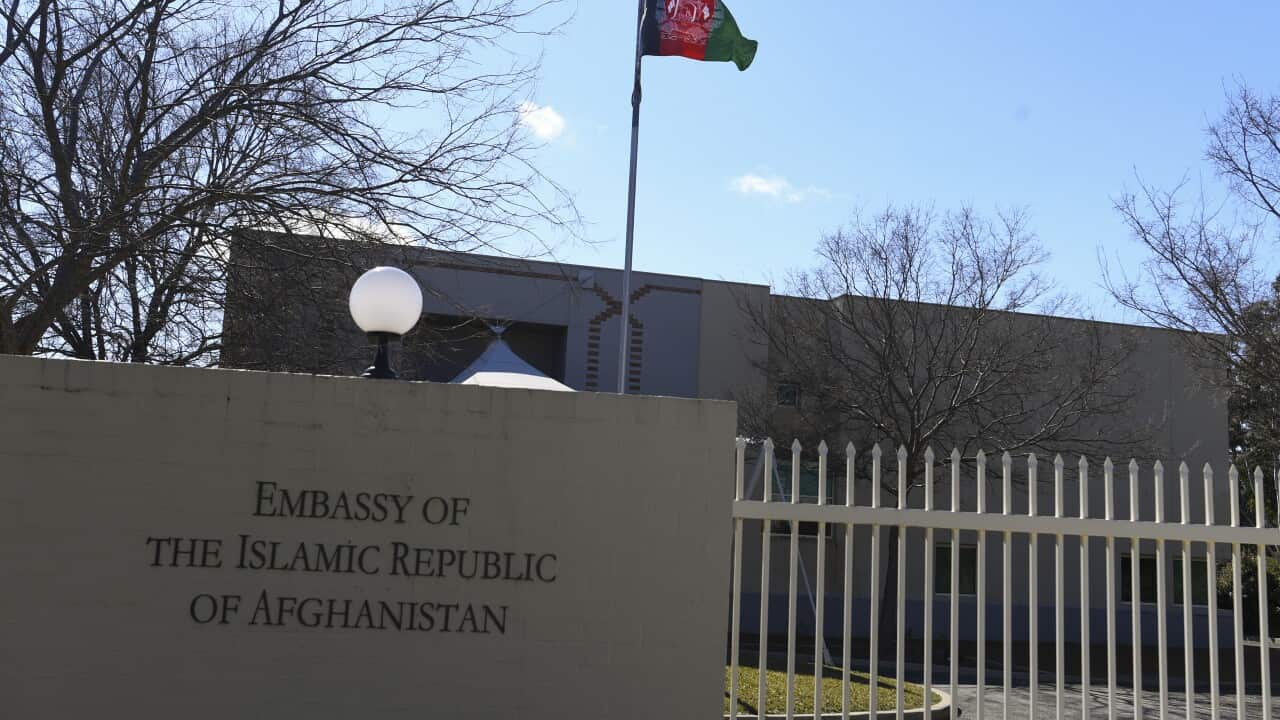Two of Australia’s top universities - the University of Queensland (UQ) and Monash University - are partnering with India’s leading scientific institutions to create new technology.
Australian Minister for Industry, Innovation and Science Arthur Sinodinos AO and Foreign Minister Julie Bishop recently announced Australian funding for seven new projects under the Australia-India Strategic Research Funds initiative with India contributing an equivalent amount of funding. Indian partner agencies include CSIR-National Institute for Interdisciplinary Science and Technology (NIIST) in Kerala, the Indian Institute of Technology (IIT) in Mumbai, IIT in Kanpur, and Jawaharlal Nehru Centre for Advanced Scientific Research (JNCASR).
Indian partner agencies include CSIR-National Institute for Interdisciplinary Science and Technology (NIIST) in Kerala, the Indian Institute of Technology (IIT) in Mumbai, IIT in Kanpur, and Jawaharlal Nehru Centre for Advanced Scientific Research (JNCASR).

Australian Foreign Minister Hon Julie Bishop Source: Yomiuri Shimbun
This Australia-India research partnership has attracted $1 million from the Australian government, and matching funding from India.
The UQ team is led by Dr Ebinazar Namdas who is an experimental physicist with 15 years of expertise in the research of organic semiconductors in India, USA and Australia.
He is also presently working on an ARC Discovery project 'Light Emitting Transistors.' Others in the team include; experts in opto-electronics Dr Shih-Chun Lo, organic opto-electronics and solar cells, Professor Paul Burn, and physical and computational chemistry, Dr Elizabeth Krenske.
Others in the team include; experts in opto-electronics Dr Shih-Chun Lo, organic opto-electronics and solar cells, Professor Paul Burn, and physical and computational chemistry, Dr Elizabeth Krenske.

Dr Ebinazar Namdas Source: Dr Ebinazar Namdas
Dr Nmadas says: "He is looking forward to UQ collaborating with premier Indian research agencies for initiatives utilising organic semiconductors.
"Semiconductor-based technologies are vital for both developed and developing countries and are the engines of electronics used in our daily lives,” Dr Namdas adds.
In this project, Australian and Indian scientists, would work together on the use of organic semiconductor materials that are cost-effective and environmentally friendly.
"Lighting is one of the necessities of modern living and this new technology will be more accessible not only in advanced sectors such as the automobile industry, but even in remote communities still relying on kerosene lamps,” Dr Namdas adds.
The new lighting technology research could also potentially cut electricity costs.
Dr Namdas says: "This new technology will also enable children from remote communities in India to study at night.” "This project also aims to train Indian scientists and engineers with the skills needed for delivery of the new technology directly to industry,” adds Dr Namdas.
"This project also aims to train Indian scientists and engineers with the skills needed for delivery of the new technology directly to industry,” adds Dr Namdas.

International Literacy Day in Allahabad, India, Monday, Sept. 7, 2015. Source: AAP Image/AP Photo/Rajesh Kumar Singh
LISTEN TO: Dr Ebinazar Namdas’ conversation with Amit Sarwal to find out more about Australia-India research partnerships.




